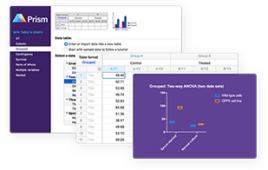Finite difference time domain studies on sub-wavelength aperture structures
Modern optical technologies, such as microscopy, data storage, and lithography, require optical light spots with lateral dimensions that are much smaller than the wavelength of incident light. In free space, no such light spots are known to exist due to diffraction – a phenomenon exhibited by all electromagnetic waves. In this thesis, the formation of highly confined light spots by means of sub-wavelength aperture structures in metal films is studied via finite difference time domain (FDTD) simulations. It is observed that the otherwise weak light transmittance through sub-wavelength apertures can be remarkably enhanced by filling the aperture by a high refractive index material. The transmittance through the aperture can be further increased by introducing surface corrugations that couple the light impinging outside the aperture into surface waves propagating along the film plane. It is also demonstrated that significant transmission enhancement is obtained by inserting a semitransparent metal film in front of the aperture at the distance that fulfills the Fabry-Pérot resonance condition. The gap between the semitransparent metal film and the film containing the aperture works as a light trapping cavity, enhancing the amplitude of the illuminating monochromatic plane wave.
A simple scattered field technique that allows FDTD modeling scattering of obliquely incident plane waves from objects residing in a dispersive multilayer background structure is introduced in this work. The technique is applied to study how a surface plasmon polariton field that is excited in the traditional Otto configuration couples to a 100 nm wide slit in a metal film.
As an application example of the aperture structures, the effect of the embedded non-linear aperture layer in the traditional DVD disk on the data storage density is studied via the 3D FDTD method. It is found that the aperture layer enables distinguishing of data marks smaller than 100 nanometers in the far field, making it possible to increase the storage density of DVD disks by a factor of four.
Link to the publication:




